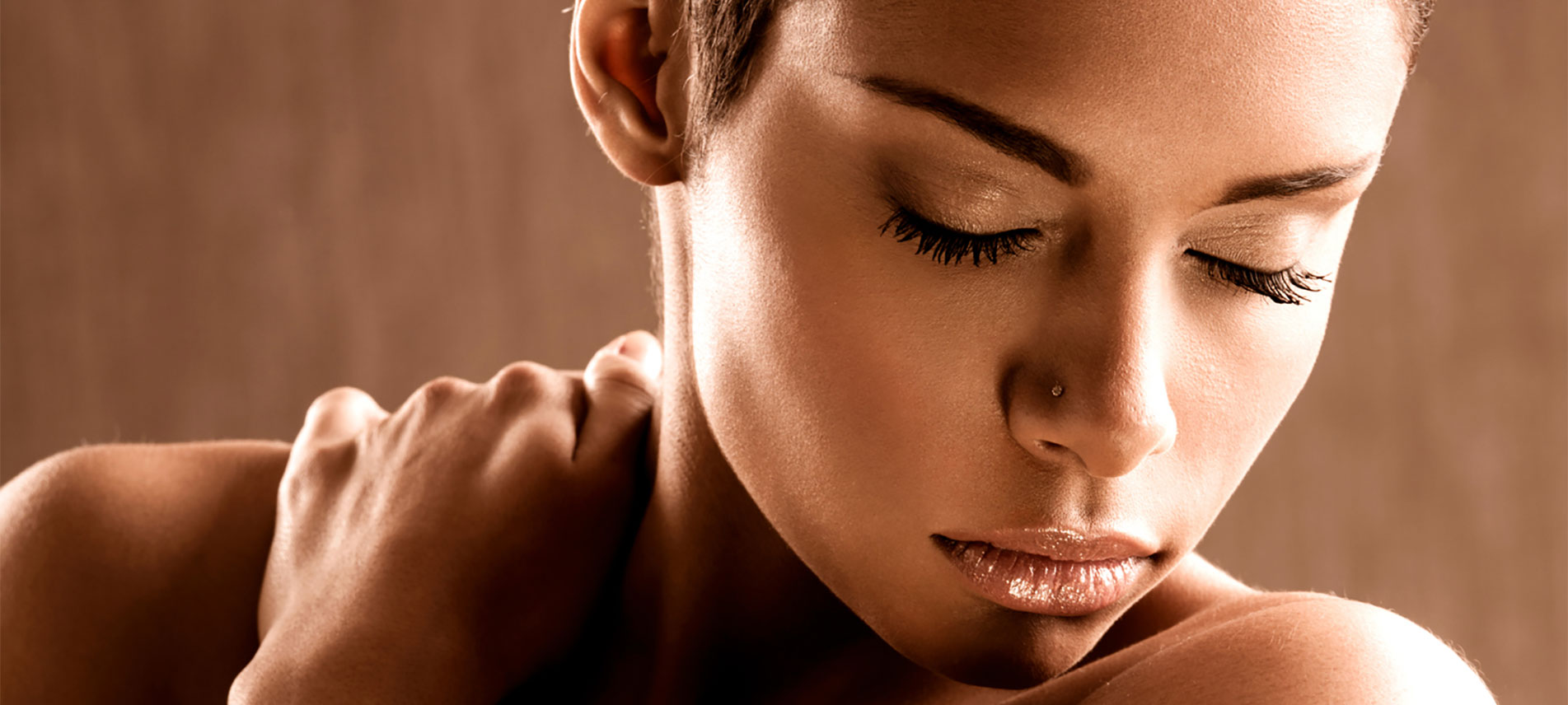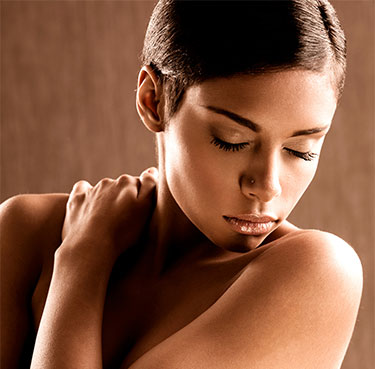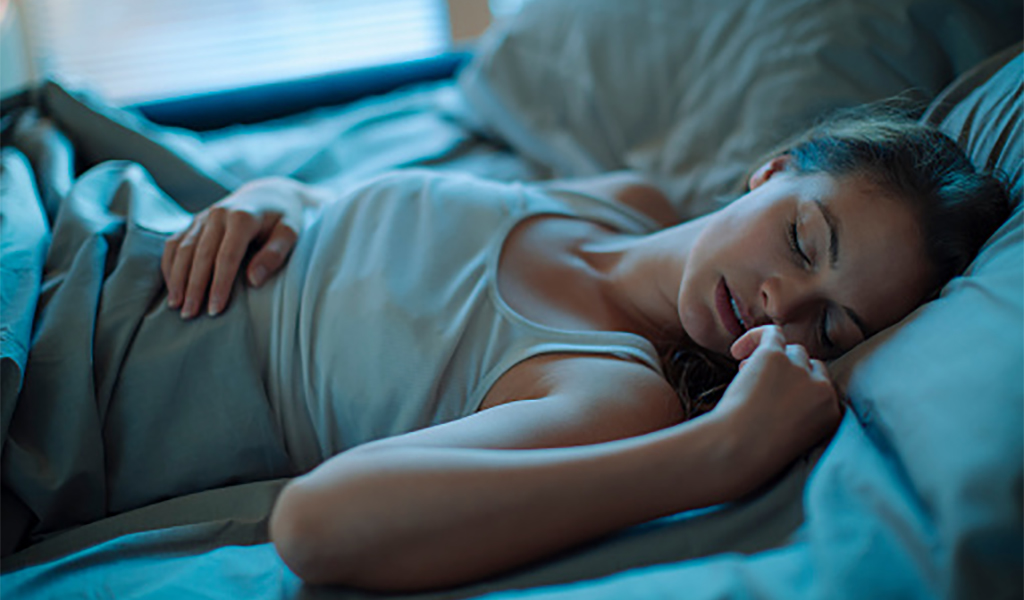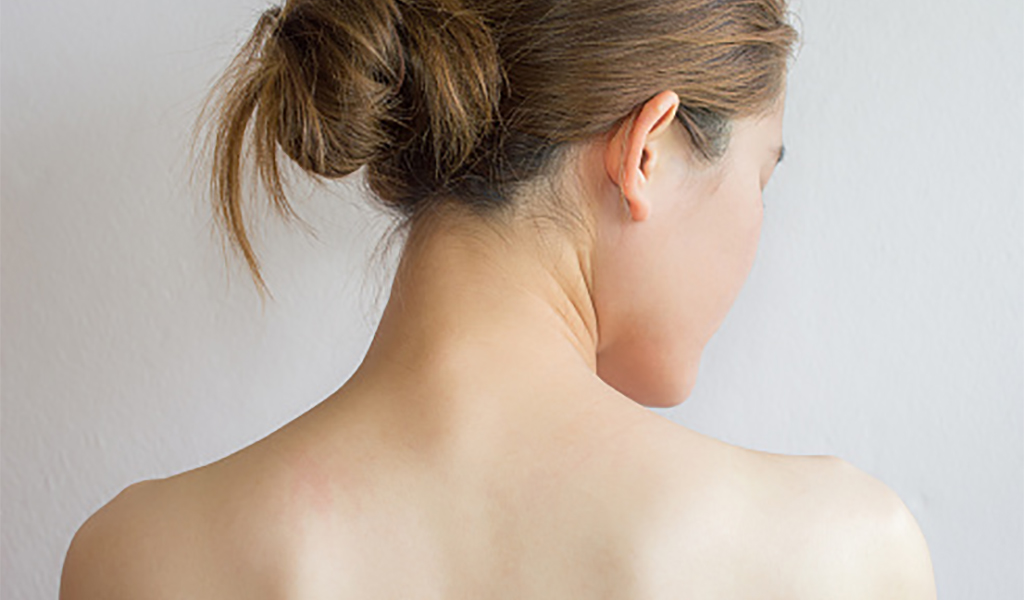- Home
- Living With Breast Cancer
- Intimacy
- Cooling hot flushes, a common but uncomfortable symptom of menopause
Cooling hot flushes, a common but uncomfortable symptom of menopause
Breast cancer is the most common cancer in women worldwide, and in 2018 alone there were over 2 million new cases.1
Breast cancer treatments like chemotherapy, radiation, oophorectomy (surgical removal of ovaries), and hormonal therapies can bring about chemical menopause in premenopausal women and with it, hot flushes, one of its most common side effects.2,3
The results of several surveys show that around 65% of postmenopausal with a history of breast cancer have hot flushes.4 So if you are concerned, know that there are many among you experiencing similar effects.
But what actually is a hot flush?
The exact physiological science behind hot flushes is complex and not completely understood. They seem to accompany oestrogen withdrawal, which occurs during menopause. But other factors seem to be involved since levels of oestrogen in the body do not necessarily correlate with the presence or not of hot flushes.5 But ultimately, the hormonal changes that occur during menopause affects the body’s temperature control system and the result is hot flushes.2
What do they feel like?
Hot flushes are often described as a sudden feeling of heat that seems to come from nowhere and spreads throughout the body.6 They can be accompanied by a rapid heartbeat, sweating, nausea, dizziness, anxiety, headache, weakness, or a feeling of suffocation, followed by chills.2
Whether you have had breast cancer or not, there is considerable variation in time of onset, duration, frequency, and the nature of hot flushes. The most common time of onset is between six and eight in the morning, and between six to ten at night. An episode can last a few seconds or a few minutes, occasionally even an hour, but it could take another half hour for you to feel like yourself again.7
Some women only have occasional hot flushes that do not really bother them, while others can have many a day and find them uncomfortable, disruptive and embarrassing: we are all different!6
In essence, hot flushes can result from natural menopause, chemical menopause due to treatments (such as those for breast cancer, for example), but can also be triggered by other factors.
Below you will find some tips to avoid some of these triggers.6 Try what works for you.
- Avoid spicy foods
- Cut out or reduce hot drinks like coffee and tea and sip cold or iced drinks
- Stop/Reduce smoking and drinking alcohol (and not only for reducing hot flushes)
- Try to keep the room cool at night and use a fan during the day if necessary
- When you feel a flush coming on: spray your face with cool water for example
- Wear loose layers of light cotton or silk clothes
- Have layers of sheets on the bed, rather than a duvet and try chill pillows
- Have a lukewarm shower or bath instead of a hot one
- Exercise daily: walking, swimming, dancing and bicycling are all good choices. Your medical team may counsel you.
- Try deep, slow abdominal breathing (six to eight breaths per minute). Practice deep breathing for 15 minutes in the morning, 15 minutes in the evening and at the onset of hot flushes
If you have any other questions or concerns, as always, don’t hesitate to talk to your doctor.
References
- Bray F, et al. CA Cancer J Clin. 2018;68(6):394-424.
- https://www.breastcancer.org/treatment/side_effects/hot_flashes [Last accessed September 2019]
- https://www.webmd.com/menopause/qa/does-breast-cancer-cause-hot-flashes [Last accessed September 2019]
- Couzi RJ, et al. J Clin Oncol. 1995;13(11):2737-2744.
- Freedman RR. Am J Hum Biol. 2001;13(4):453-464.
- https://www.nhs.uk/conditions/menopause/hot-flushes/ [Last accessed September 2019]
- https://www.breastcancer.org/tips/menopausal/treat/hot-flashes/who [Last accessed September 2019]












